SRAM unveils ‘trickle-up’ tech with new Max rear derailleur and cassette refresh
Ever been frustrated by the range of your gears, or the jumps inbetween them? Radical options for the top SRAM Red are now available.
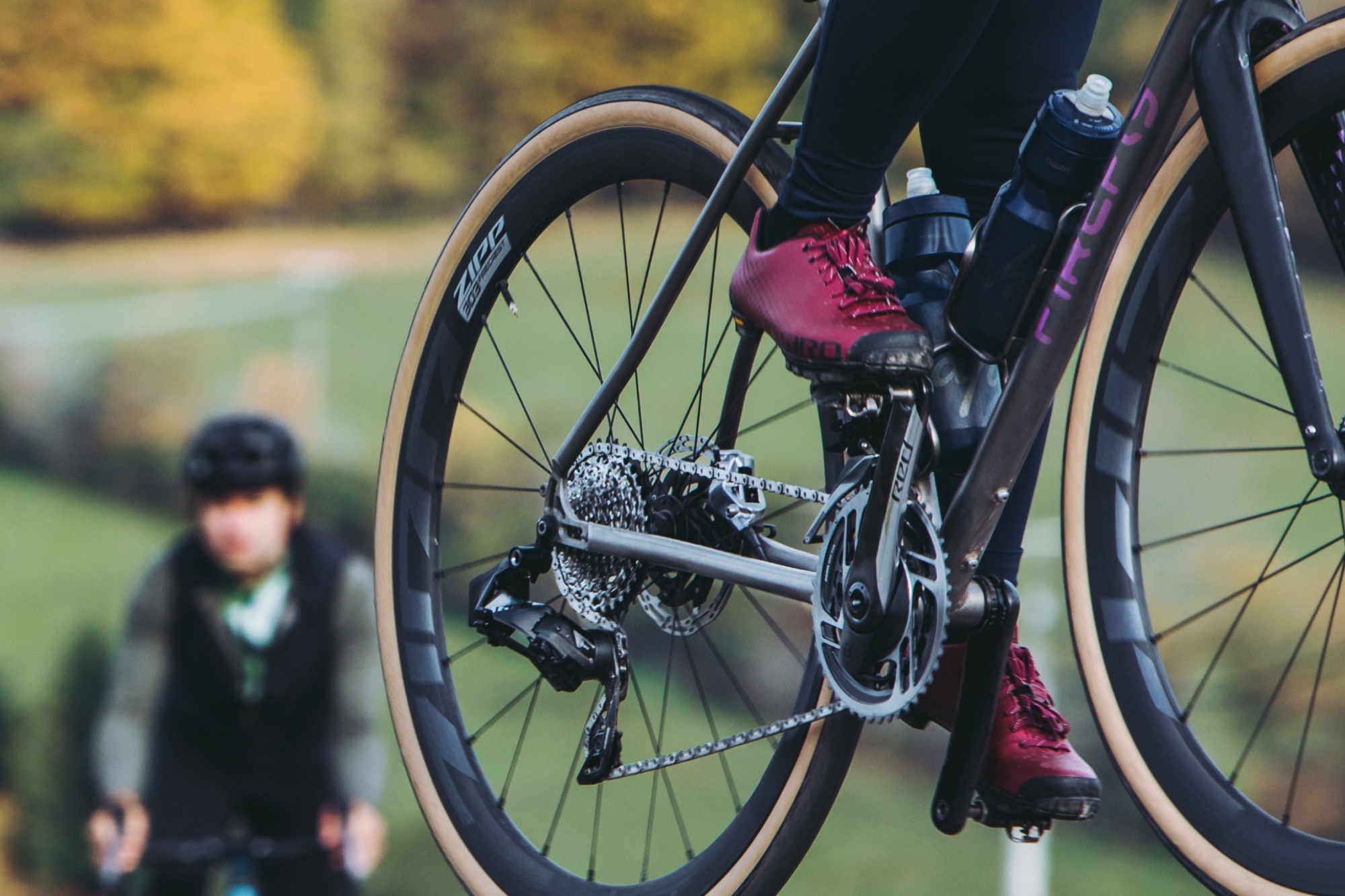

Usually, the way tech developments flow is from innovation in the flagship products which then ‘trickles down’ into the rest of the range.
But in SRAM’s latest refresh of its AXS gruppo, the updates have gone the other way, with the release of a Red eTap AXS 36T Max rear derailleur which brings the top-tier groupset in line with what’s offered in the second tier Force range.
>>>Read more: Everything you need to know about bikepacking
A 36T Max rear derailleur that can handle (as the name would suggest) a massive 36 tooth cassette sprocket was first seen in May 2020 as part of SRAM’s second tier Force range. This greater capacity opens up a range of exciting gearing options, from sub 1:1 ratios for bikepacking adventures to more practical road 1x builds.
The derailleur
The RED 36T Max rear derailleur is compatible with cassette sizes 10–36T down to 10–28T, allowing for a variety of mixing and matching to get the right ratios for your terrain. Retail prices stand at £610.00 / $710.00 / €685.00.
The derailleur can be used as part of a 1x or 2x drivetrain and features SRAM’s Orbit chain management technology. This is essentially a lightweight clutch which keeps the chain under control but without adding the excessive chain tension of an MTB style clutch mech.
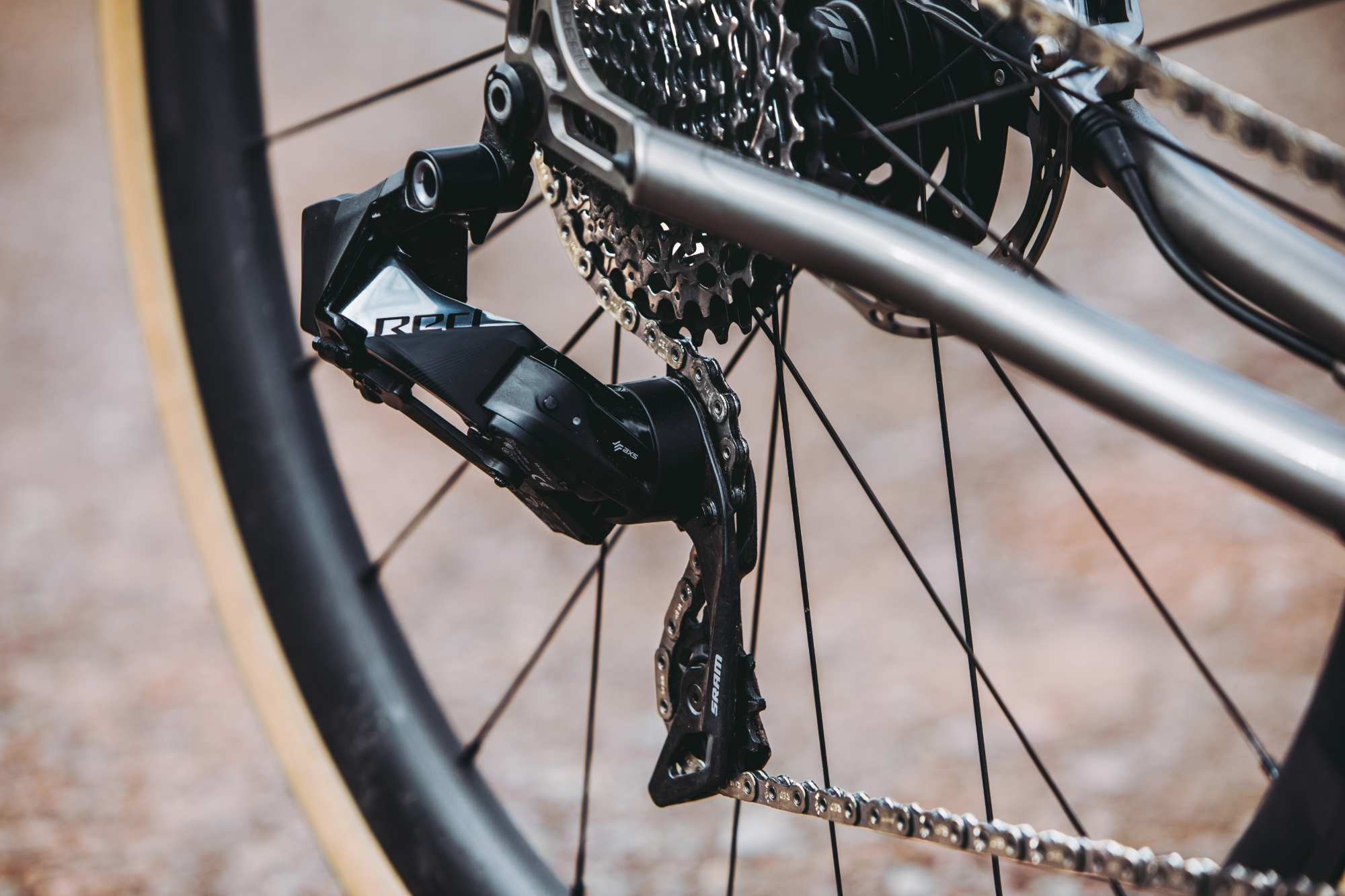
Perhaps the most interesting gearing setup this rear derailleur allows is much more viable option for a road 1x12 drivetrain. Pairing the 10–36T cassette with a 46 tooth chainring, you get a slightly higher top gear than a 50x11 and a slightly lower bottom gear than 36x28, which is a fairly ample range.
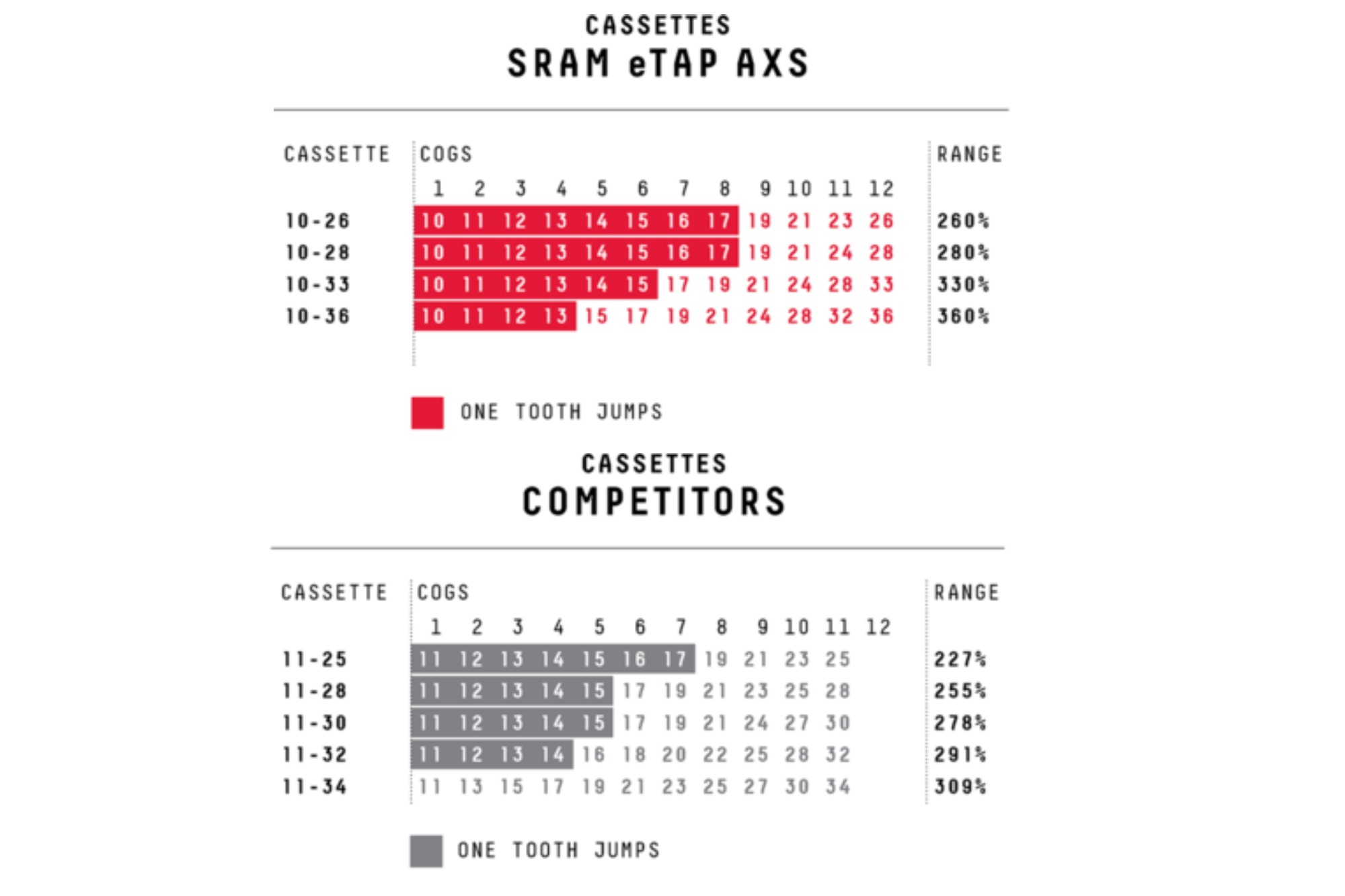
Naturally, the jumps between gears are still a little larger on the 12 speed 10–36T cassette than on cassettes normally used on a standard 2x11 road setup. But the gaps of SRAM’s cassette aren’t so large as to make it unviable for road use.
The one standout jump is between the 13 and 15 tooth sprockets, which at 15 per cent difference is a noticeable gap. That said, the same jump is there on Shimano’s 11–34T cassettes, which are not uncommonly specced on road bikes.
Although not suited for the racers and those particularly attuned to their cadence, the gaps are still small enough that there would be a large number of people that such a progression would work fine for.
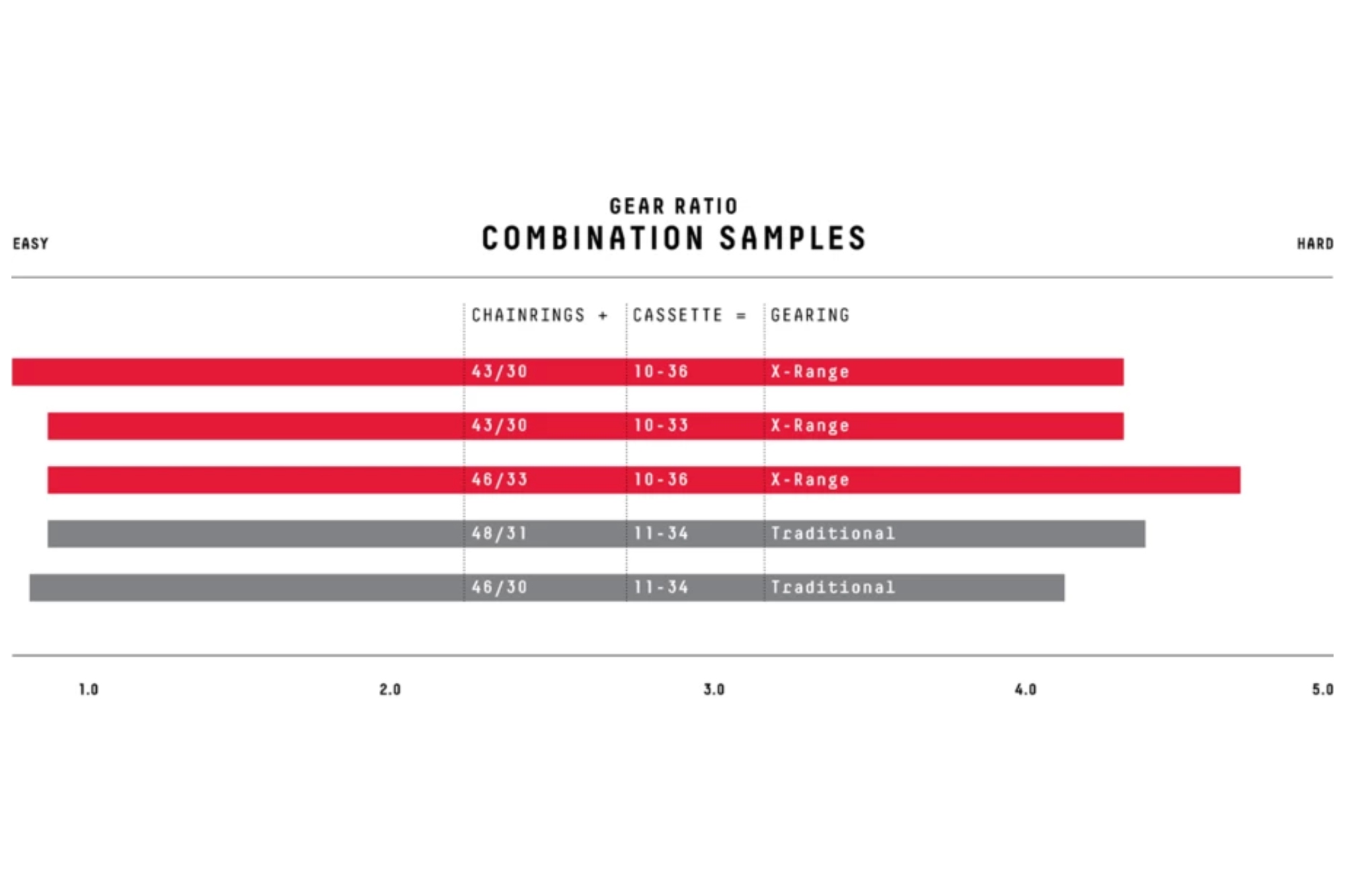
Alternatively, you could pair the 10-36T cassette with a 48/35 crankset and have a larger top gear than a 52x11 whilst still having a lower than 1:1 bottom ratio. This monster spread would provide enough range for everything from a high-speed thrashing right the way to an Everesting attempt or bikepacking adventure.
The cassettes
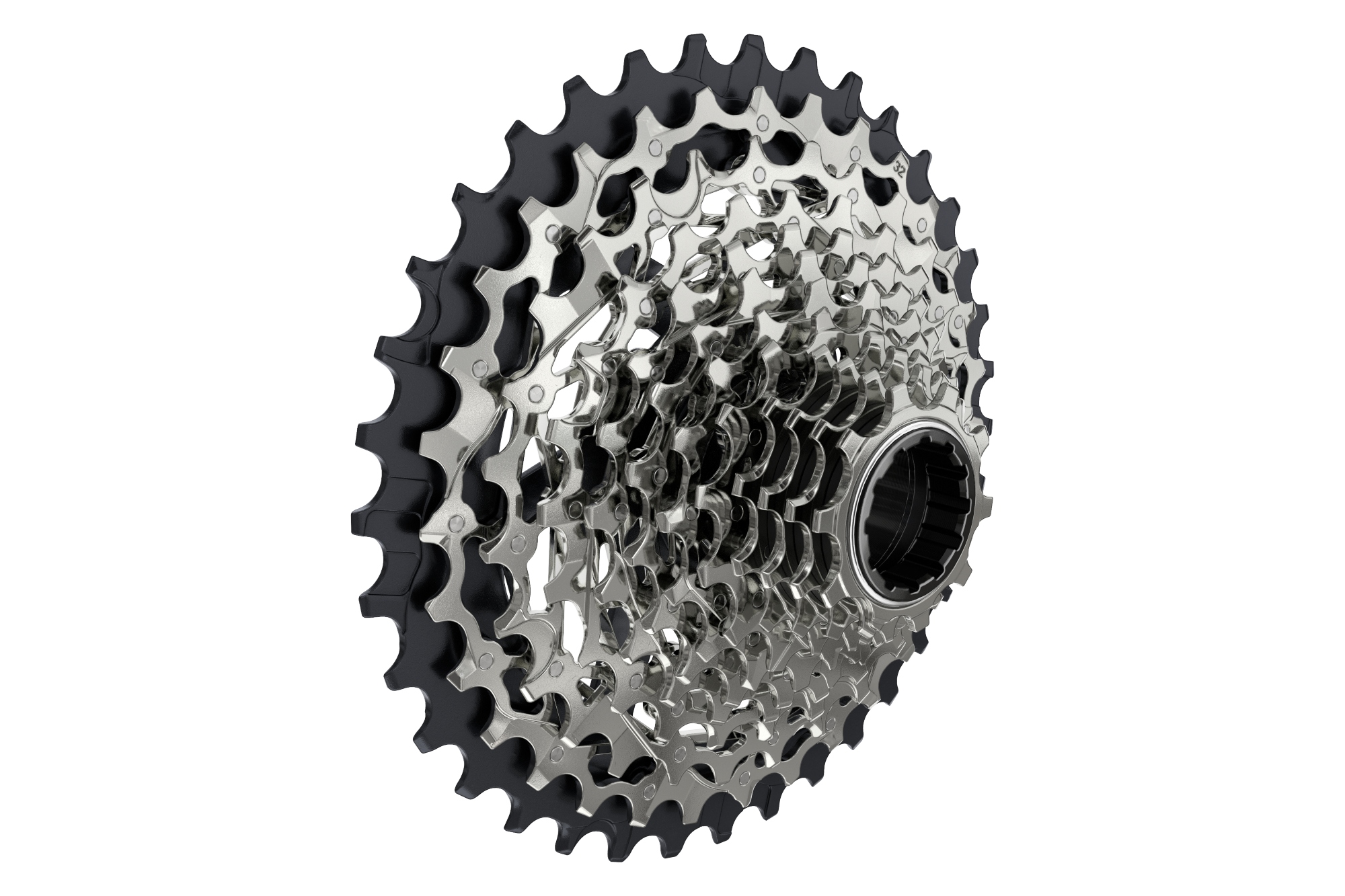
From February, SRAM's Force cassettes are going to switch from the stealthy black finish – which was a friend to everyone with a less than scrupulous cleaning regime – to a Nickel-Chrome finish. Shiny parts are always pretty and, on balance, it is probably better to be able to see a little more easily if you’ve cleaned the sprockets properly.
Retail prices for the 10–28T, 10–33T and 10–36T cassettes are all £170.00 / $185.00 / €190.00.
Unfortunately, the 10–26T Force cassette is being dropped from the range. Which is a real shame because it had some excellent ratios, but SRAM told us that the demand just wasn't there anymore.
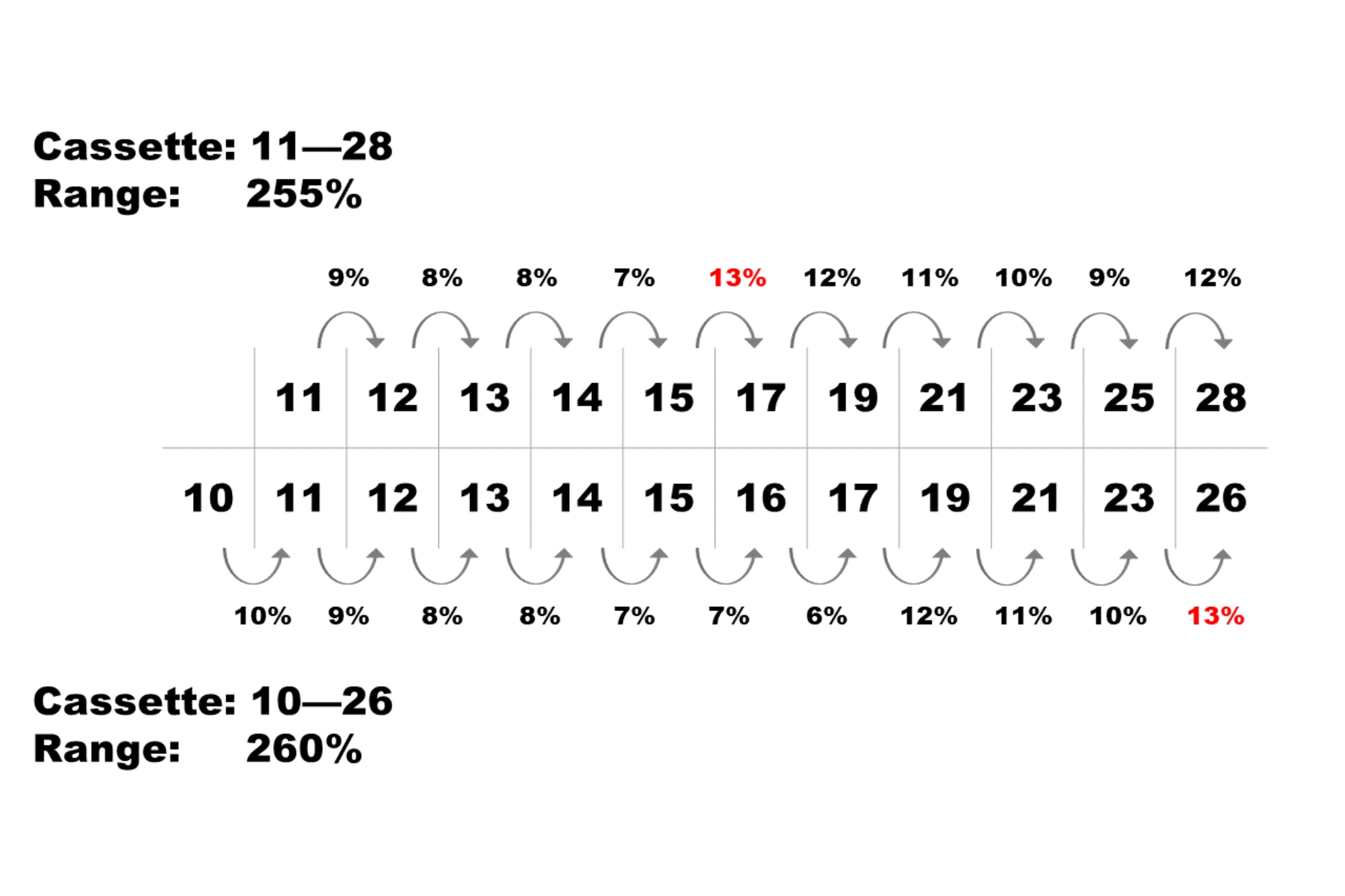
Although a 13 per cent jump between gears is pretty unnoticeable in everyday riding, when you’re pushing hard and right on your limit, it can be just a little bit too big of a gap to be comfortable. On one side the gear is too hard and on the other it’s too easy.
The 10–26T pushed that 13 per cent jump right to the end of the cassette, so you only feel it on the steepest climbs when you’re likely to be wanting any gear at all so long as it’s easier.
Not only was the progression through the cassette smooth in the 10–26T, but with an absolute range of 260 per cent, it also provided a slightly broader spread than the ubiquitous 11—28T which has a range of 255 per cent.
On the bright side, the 10—26T cassette will at least live on in SRAM’s top-tier RED range.

Thank you for reading 20 articles this month* Join now for unlimited access
Enjoy your first month for just £1 / $1 / €1
*Read 5 free articles per month without a subscription

Join now for unlimited access
Try first month for just £1 / $1 / €1
Get The Leadout Newsletter
The latest race content, interviews, features, reviews and expert buying guides, direct to your inbox!

After winning the 2019 National Single-Speed Cross-Country Mountain Biking Championships and claiming the plushie unicorn (true story), Stefan swapped the flat-bars for drop-bars and has never looked back.
Since then, he’s earnt his 2ⁿᵈ cat racing licence in his first season racing as a third, completed the South Downs Double in under 20 hours and Everested in under 12.
But his favourite rides are multiday bikepacking trips, with all the huge amount of cycling tech and long days spent exploring new roads and trails - as well as histories and cultures. Most recently, he’s spent two weeks riding from Budapest into the mountains of Slovakia.
Height: 177cm
Weight: 67–69kg
-
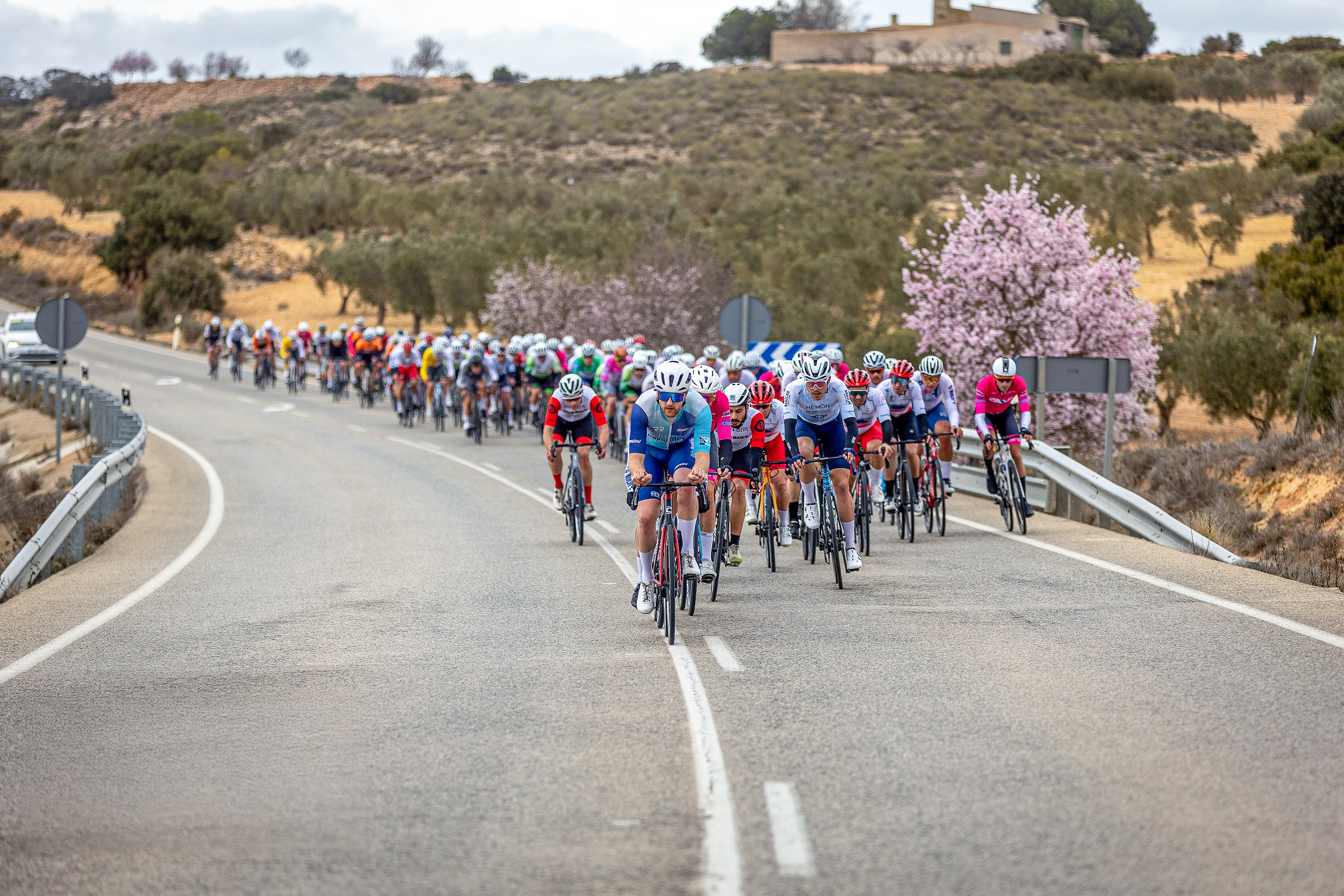 Why the silence? Are there really no gay riders in the men's pro peloton?
Why the silence? Are there really no gay riders in the men's pro peloton?Despite growing LGBTQ+ visibility in other sports, representation in male pro cycling remains entirely absent. David Bradford speaks to British racers and asks, why the stubborn silence?
By David Bradford
-
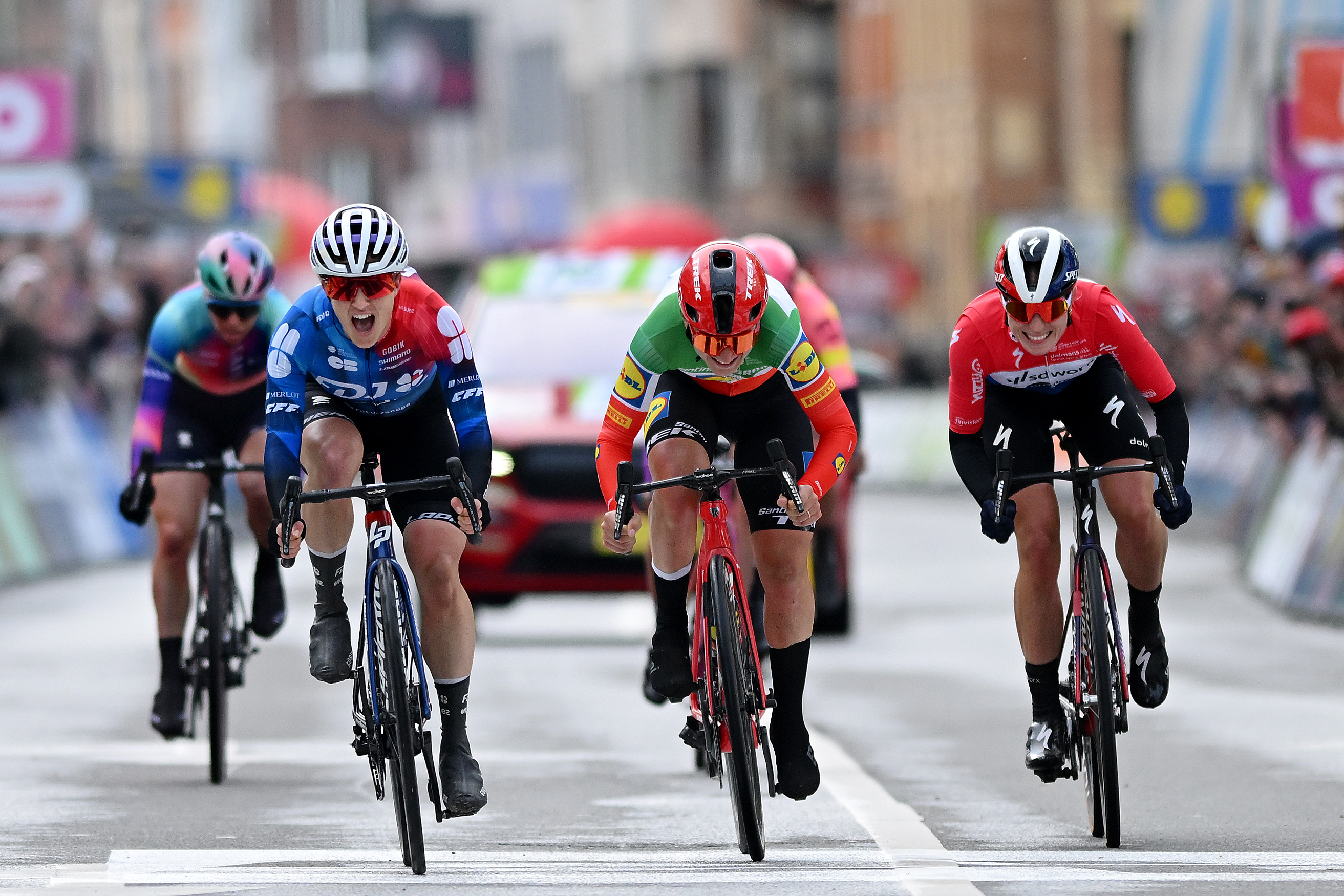 Tadej Pogačar's hat-trick, La Redoute, and Dutch delight: Five things to look out for at Liège-Bastogne-Liège 2025
Tadej Pogačar's hat-trick, La Redoute, and Dutch delight: Five things to look out for at Liège-Bastogne-Liège 2025The oldest professional bike race in the world takes place this Sunday – here's how to watch, who to watch, and what to watch out for
By Adam Becket